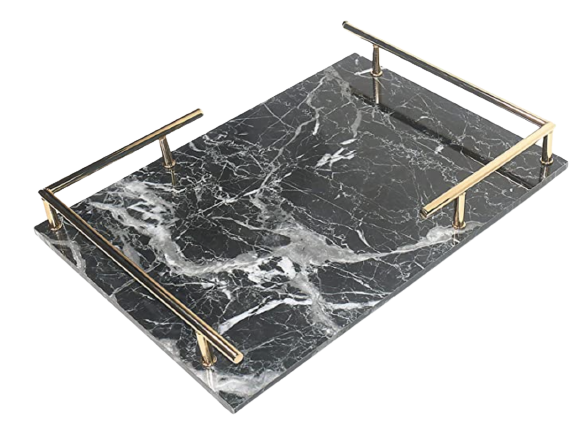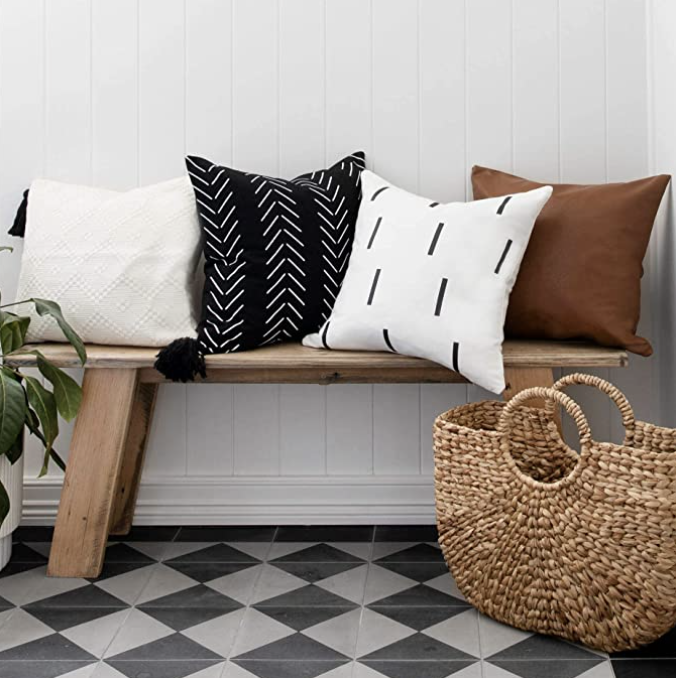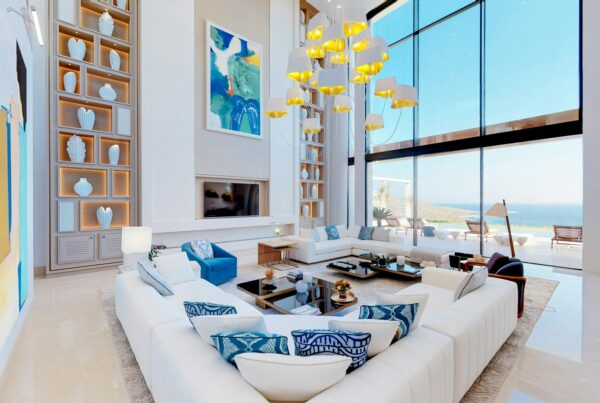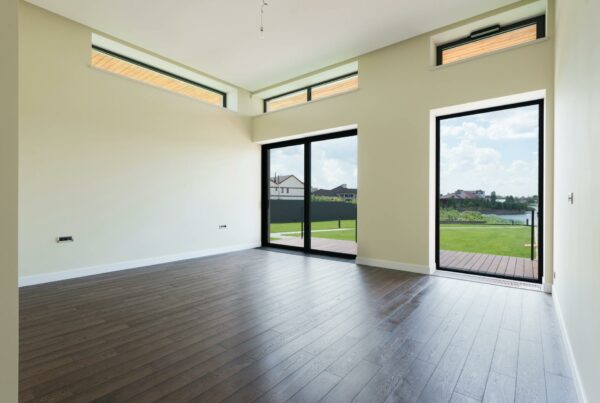Last Updated on December 12, 2023
Do you feel that your home is missing something but you can’t find what it is? Then today is your lucky day. We will help you discover that missing piece, put it back in its place, and bring happiness to your ideal home.
First let me tell you something. You do know that colors have a great effect on people’s moods, right? Just like that, your furniture has a mood-changing gift too. The colors, style and where it is placed all of this can easily make you feel so good.
However, what good is having a gift if you don’t make use of it? Now, it’s time to find answers to all your questions about using furniture to enhance your moods. So, what are you waiting for? Read on to learn how to create a home filled with positivity.
The Psychology Behind Furniture’s Impact on Mood
Science has been endeavoring to explain the relationship between our surroundings and mental state. Studies reveal that the colors, textures and shapes near us have an effect on us. They trigger our moods, feelings and behaviors.
When it comes to furniture specifically, attributes like color, style and layout can spark moods. For example, cool blue tones have a calming effect, while warm red hues stimulate the mind.
Rounded shapes and soft textures evoke feelings of comfort and security. The psychology behind these reactions gives us the blueprint. It shows how to create specific atmospheres at home through carefully chosen furniture.
Buying furniture that creates a better mental state, is not easy as it seems. Knowledgeable furniture retailers can help you choose pieces that create your desired mood. Their expertise ensures your selection of items that create a peaceful space. With guidance, you can curate interiors that positively influence your mindset.
Choosing Furniture in Mood-Enhancing Colors
Color is one of the most critical factors when selecting furniture to influence the ambiance. According to a recent study, blue was the most preferred interior color for evoking a positive mood at 34.7%.
Green came in second at 23.1%, followed by violet, orange, yellow, and red. Below is a bar chart illustrating the breakdown of the color preferences:
The results showed that blue rooms create a feeling of relaxation and focus. Those in red rooms experienced a boost in energy but decreased sleep quality. Rooms with violet walls resulted in increased tension and irritability.
This supports the psychological impact of interior colors on moods. When selecting furniture or paint colors, consider how different hues can influence the ambiance you want to achieve.
Here are some popular hues for inducing desired states of mind:
- Yellow: This cheerful shade sparks optimism and creativity. Yellow dining chairs promote lively conversation at mealtimes.
- Green: From mint to sage, green furniture encourages balance and renewal. A forest green sofa makes a living room feel peaceful.
- Blue: Serene and stable, different blues can relax, inspire or boost productivity. Navy blue chairs lend a comforting vibe to a bedroom.
- Red: Vibrant red furniture infuses energy into a space. A bold red desk perks you up when working.
- Neutral: Timeless whites, browns and grays blend seamlessly into any style. A beige sofa with colorful throw pillows provides a flexible base.
When choosing furniture colors, remember to consider your existing decor elements.
Complementary Furniture Styles for Different Moods
Beyond color, the style of furniture can strengthen the emotional ambiance. Some complementary combinations include:
- Modern + Minimalist = Orderly, focused, and serene
- Rustic + Earthy tones = Warm, welcoming, and cozy
- Contemporary + Bold colors = Sleek, lively, and inspired
- Retro + Pastels = Nostalgic, cheerful, and uplifting
For a relaxing oasis, a midcentury armchair couples nicely with breezy linen drapes and neutral walls. The minimalist look promotes mindfulness. In a snug home office, an ornate vintage desk and forest green banker’s chair foster concentration.
The old-world style feels grounding. Take cues from your current architecture, lighting and decor when selecting complementary furniture for the mood you want to achieve.
Accessorizing to Fine-Tune the Emotive Atmosphere
Once your core furniture pieces establish the foundational ambiance, accessories provide the finishing touches to complete the mood. Vibrantly patterned cushions, eye-catching area rugs, and compelling artwork infuse personality and depth into a space.
Some accent ideas for amplifying the mood created by furnishings:
- Cheery yellow pillows on a neutral sofa boost the happiness quotient.
- A cozy throw blanket on a leather armchair enhances warmth and comfort.
- Abstract paintings with pops of color animate a subdued living room.
- Large mirrors reflect light, making a dark den feel more airy and spacious.
Avoid going overboard with accessories – thoughtfully curate key statement pieces to harmonize with your existing furniture and intended mood.
Real-World Examples of Furniture Setting the Tone
To see furniture selections in action for creating specific ambiances, here are some real-world examples:
- Coastal cottage living room: A whitewashed wooden bench and jute
rug establish a breezy seaside feel. Pale blue accent chairs match the peaceful waterfront views. - Urban loft bedroom: Sleek lacquered bed frame and button-tufted headboard convey modern sophistication against exposed brick walls.
- Suburban family room: Plush sectional sofa and multicolored bean bags provide flexible, casual seating for movie nights or game days.
- Corporate office: Linear desks and ergonomic task chairs in muted gray tones promote productivity. Pops of green from plants and wall art reduce workplace stress.
These illustrations reinforce how thoughtfully selected furnishings can transport you into the desired headspace.
Maintaining Furniture for Consistent Positive Vibes
To maintain the uplifting ambiance created by your furniture, regular maintenance is essential. Here are some care tips.
- Dust wooden surfaces weekly and polish them monthly to prevent buildup that makes rooms feel dull and dreary.
- Vacuum or brush fabric upholstery like sofas and chairs to remove everyday dirt and debris that can weigh you down.
- Clean spills promptly on any material to avoid stains that can drag the mood.
- Rotate cushions and flip rugs periodically for even wear and a freshly arranged look.
- Treat leather carefully with conditioner to prevent cracks that make rooms feel worn out.
- Steam clean or shampoo carpets every 6-12 months to revive the cheerful bounce underfoot.
With consistent care and cleaning, your furniture will continue to create a positive mood for years to come.
Conclusion
Now you know how to harness the mood-changing power of your furniture wisely. You have the power to transform your state of mind. Redecorate your home by making strategic furniture and decor decisions. Experiment with uplifting colors, complementary styles, and mood-boosting accessories. Create a personal sanctuary aligned with your desired atmosphere – whether calm, joyful, or motivated. With the proper furnishings and care, your space can continually reflect your inner light.
What colors, textures, and styles will you use to create a happier mood?
Frequently Asked Questions About Furniture and Home Ambiance
How much can furniture really change the feel of a room?
Furniture can dramatically change a room’s feel. Studies show colors, textures, and styles impact emotions and mindset. The right furniture pieces set the tone – lively, relaxed, productive.
What are some budget-friendly furniture tips for improving my mood?
Budget-friendly tips: Repaint furniture with cheerful colors. Add soft slipcovers. Switch out pillows and throws. Easy upgrades for a fresh mood boost.
How can I choose furniture that will work long-term for my home’s mood?
Choose versatile, neutral-colored furniture as your base. Adapt with trendy, colorful accessories over time. Opt for timeless styles in durable materials. They provide long-term positive moods.









